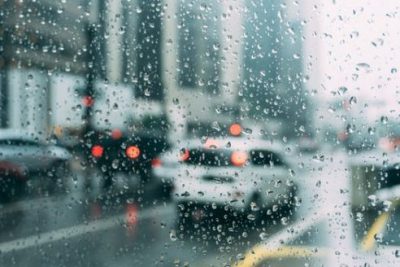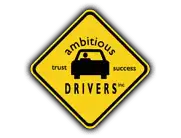Driving through windy and rainy conditions can be a serious test for even the most experienced and qualified driver. Essentially, it requires that the individual adopts a much more ‘defensive’ approach while on the roads. This is because potential hazards are more than just the other vehicles sharing the roads, but also the rainfall that can cause slippery conditions, poor visibility and significantly reduced braking speeds to name just a few.
In this two part blog series, we’ll take a look at the main points that need to be highlighted when driving specifically in rainy conditions, and how they help ensure a safe journey on the roads.
Be Prepared
Wet conditions can really test the quality and maintenance of any vehicle so it’s important to carry out a few quick spot-checks on vital components before you head out. If the weather is especially difficult and requires taking more challenging routes always consider if it is absolutely necessary to drive in the first place – sometimes a couple of hours delay can save a great deal of unnecessary stress!
But assuming you need to drive – here’s a list of the essentials to check first:
Plan the journey ahead of time, and where possible consider alternate routes should roads be closed due to bad weather or accidents. If you’re travelling during a storm pack a blanket, waterproof clothing, and some water and food just in case.
Let others know your route and make arrangements to call when you have arrived, or in case of severe delays. Always carry a mobile phone.
Fill up with fuel. Lights and slow/stopped traffic will use more fuel than usual, so allow for plenty of spare fuel to account for this.
Check your windshield wipers and consider replacing them if they are showing excessive wear – after all it’s the perfect opportunity to do so! Keep an eye out for our next blog for more practical tips on driving during rainy conditions.







